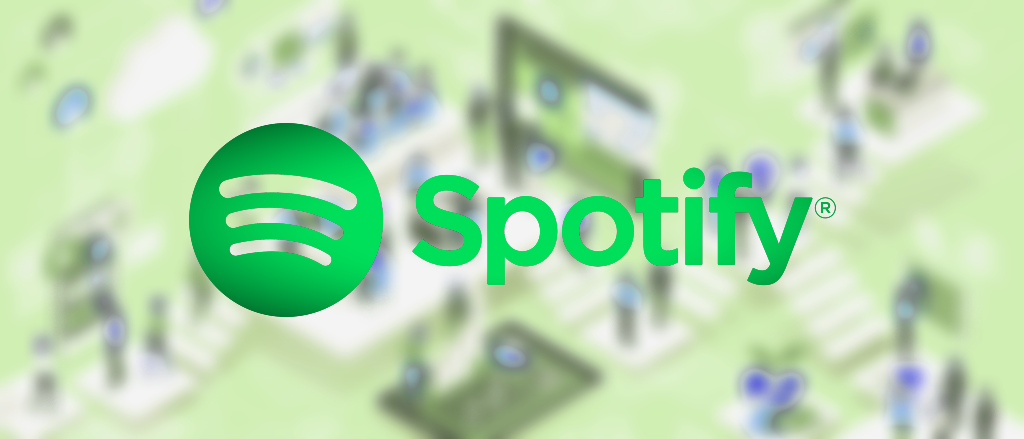As someone who uses Spotify on a regular basis to listen to music and podcasts, I like the platform’s user-friendly design and vast library. Although I’ve just recently became aware of the ‘Spotify model’ as a framework for scaling agile development processes, I’m not familiar with its distinguishing features or how it compares to other scaling models. As I’ve discussed alternative scaling frameworks in the past, I’m eager to learn more about the benefits – and disadvantages – of this Spotify model.
Spotify created the Spotify model in order to extend agile development principles across their business. The concept is built on a blend of agile and lean ideas and it is intended to assist teams in working more cooperatively and efficiently, while also encouraging an environment of creativity and continuous development.

Henrik Kniberg and Anders Ivarsson, two Agile Coaches at Spotify, collaborated with the company’s engineering teams to develop the Spotify model. They initially introduced the paradigm in 2012 in a series of blog posts and conferences, and it has subsequently gained popularity as a model for expanding agile development processes.
Principles and characteristics
The Spotify model is built on the core values and principles of the Agile manifesto, which highlight the significance of customer participation, self-organization, cross-functional teams, working software and adapting to change. The concept encourages continual learning and development while emphasizing experimentation and creativity.
To help teams work more collaboratively, the model uses a unique structure of squads, tribes, and guilds.
Squads are self-organized small groups that focus on a certain aspect of the product. Each squad has a distinct mission, a set of objectives, and a significant degree of autonomy in determining how to execute them. They are comprised up of people with various talents and jobs, including as developers, designers, and testers, who collaborate closely on a regular basis. Squads typically consist of 5-8 employees with a designated Product Owner.
Tribes are groups of squads that have a shared goal, such as a certain feature or area of the product. They are structured around a certain business sector or product domain, with a defined mission to design and develop a specific component of the product. The number of squads in a tribe varies according on the size and intricacy of the territory they’re in charge of.
Guilds are communities of practice that bring together people from many tribes who have similar talents and interests. They have no official power over the squads or tribes and are not hierarchical. Instead, they serve as a means for employees to share information, best practices, and ideas across the firm. Guilds provide a sense of community and collaboration throughout the company.
The Spotify model aims to foster a culture of cooperation, experimentation, and continuous learning in organizations, allowing them to develop high-quality products more efficiently and effectively. The approach encourages an atmosphere where employees can feel empowered to take responsibility of their work, innovate, and collaborate to accomplish a shared objective by concentrating on cross-functional teams, agile ceremonies, and the distinctive squad-tribe-guild structure.
Spot on for Spotify?
Henrik Kniberg notes in his 2015 article that the Spotify model was never meant to be a generic framework or model for rapid scaling, and that he only provided the content following encouragement from his Spotify colleagues. It is vital to emphasize that the model is the result of many individuals cooperating and experimenting over time and businesses should take inspiration from it and adapt it to their own setting, since no two organizations or circumstances are the same.
While it may be tempting to use the Spotify model as a silver bullet for scaling, doing so is extremely inefficient. What genuinely distinguishes Spotify as an inspiring company are the behaviors and ideals that guide the organization, rather than its organizational structure. The core of this Spotify model may be found in its cultural components. It can, however, be difficult to apply in organizations unwilling to undertake the required cultural and organizational adjustments.
In summary, the Spotify model is best suited for businesses that emphasize cross-functional cooperation, experimentation, continuous learning, flexibility, a strong engineering culture, employee empowerment/autonomy and have a large number of teams working on related products. Yet, because the model is not a one-size-fits-all solution, it is imperative to adjust it to the unique circumstances and needs of each organization.
